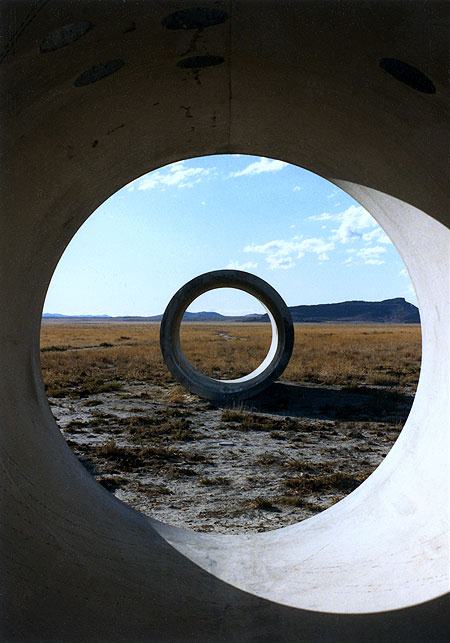
ANDY CAVATORTA
Gravity harp
Este instrumento fue diseñado por Andy Cavatorta, encargado de hacer robots musicales en el MIT Media Lab. Se ocuparon 4 pendulos de once cuerdas cada uno para hacer esta arpa gravitacional. Hay un software que controla la rotación de cada péndulo y determina la nota que suena dependiendo de su posición dentro del balance del instrumento. El sonido de este instrumento se puede escuchar en la canción de “Solstice”.


